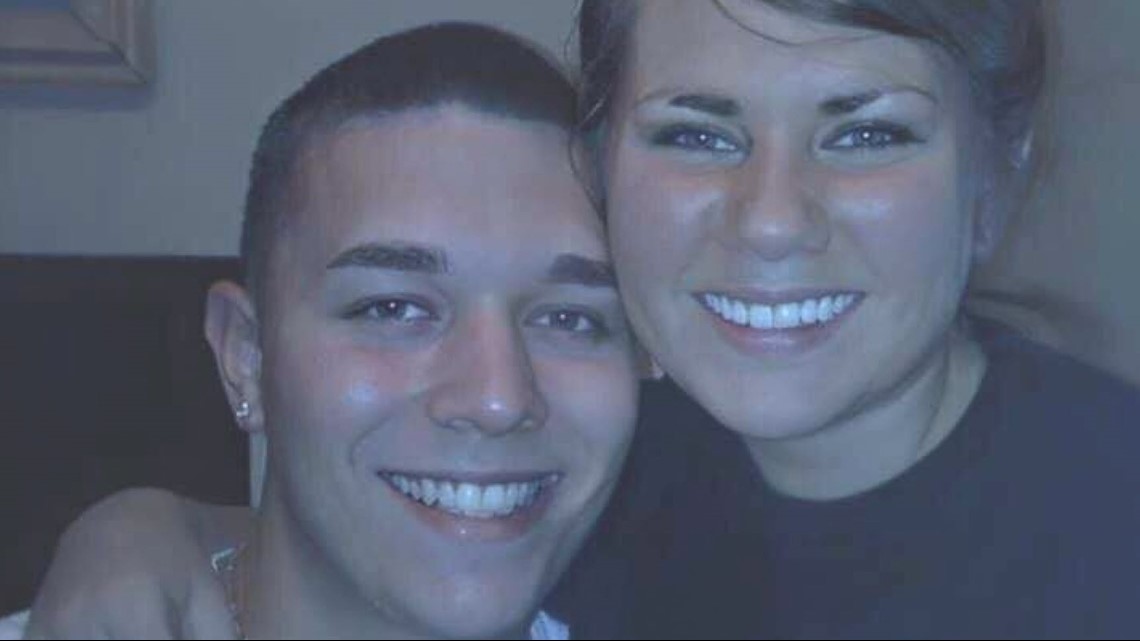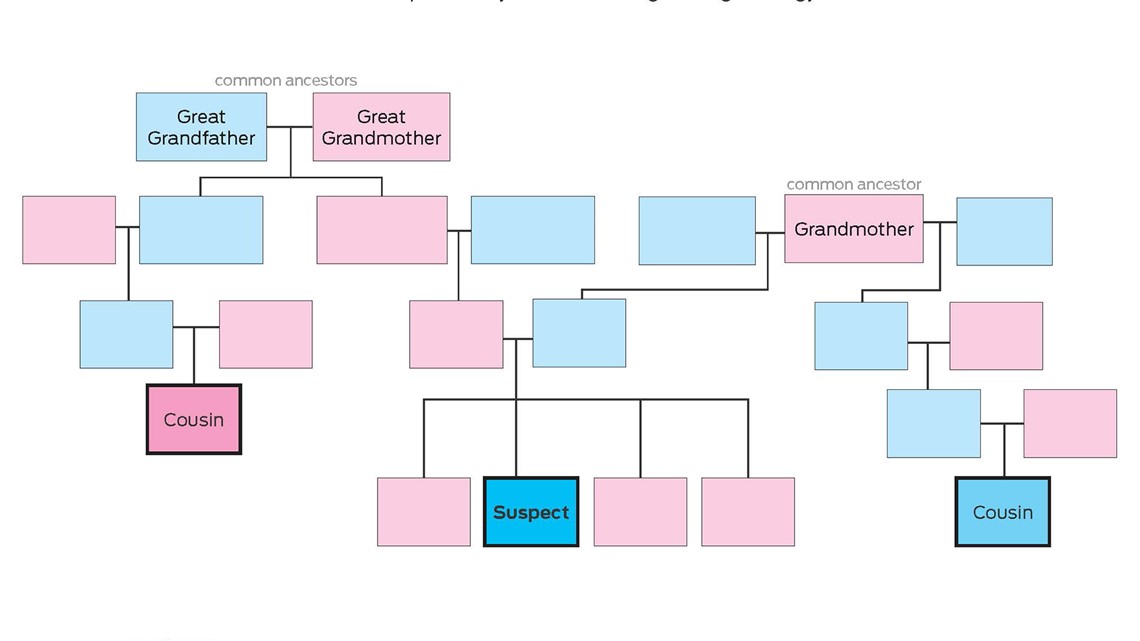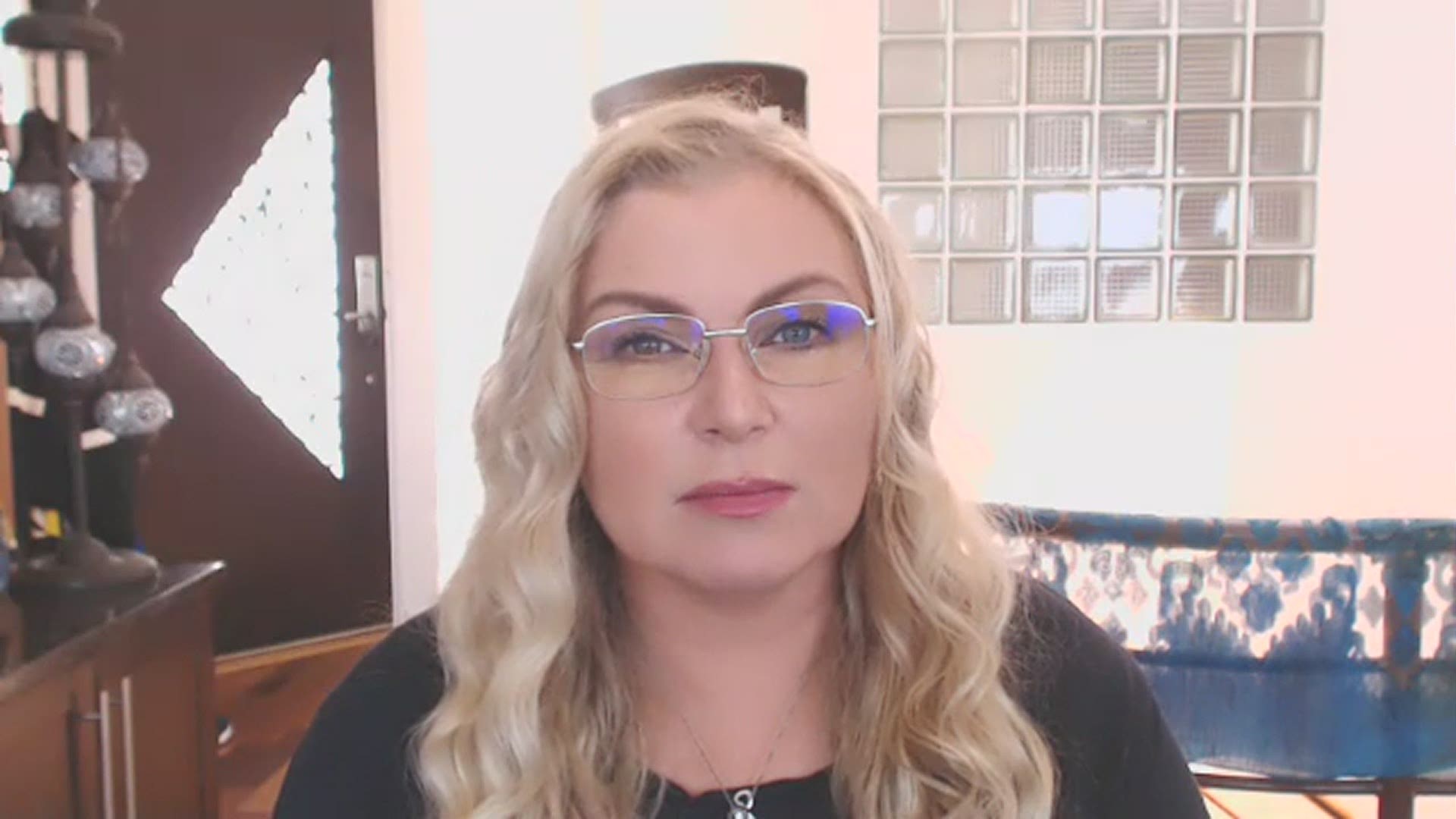TOLEDO, Ohio — As a result of the three-night investigation into the 2011 Johnny Clarke and Lisa Straub murders, world-renowned genetic genealogist CeCe Moore has reached out to the Lucas County Sheriff's Office.
Moore believes that she can help investigators solve the case. Samuel Williams was convicted of killing Clarke and Straub after a cigarette with his DNA was found at the crime scene. He continues to profess his innocence but is currently serving two life sentences with no chance of parole. His friend, Cameo Pettaway, also had his DNA on the cigarette, but his case was dismissed.
But Moore believes she can help identify several unknown DNA profiles that were found on duct tape and also on a cell phone found at the scene inside a Holland home.
"This is a case where I really hope there is DNA viable to do genetic genealogy because I would really like to be able to provide answers to the family and really to the whole community," Moore said. "It's a devastating case. It would certainly be a great candidate for genetic genealogy."
WATCH | THE TRUE CRIME CASE OF JOHNNY CLARKE & LISA STRAUB
Capt. Matt Luettke of the sheriff's department confirmed in a text message that the state has re-examined the samples to see if they can be used for additional testing. Moore works with Virginia-based Parabon NanoLabs. The lab can do much more extensive genetic sequencing than traditional PCR DNA testing done in many crime cases. The extensive testing looks at thousands of genetic markers as opposed to a handful in PCR analysis.
But there must be evidence available from the original scene. Some evidence could have been completely used up by that initial testing in 2011. However, a lab report provided to detectives in November 2011 stated that material from all samples was available after testing.
"We've gotten down to very small amounts of DNA. As long as there is something left, I think we could work on it," Moore said.
Lucas County, however, must invite Moore in before she can work on the case. She left a message for Captain Luettke on Tuesday, and that call had not been returned as of Thursday. Sheriff Mike Navarre is out of the office until next week. For Parabon and Moore to work on the case, it would cost about $5,000, though Moore says there are grants and other sources of revenue available to cover the cost.


It's hard to think of a reason why the county would not want Moore's involvement. Her team has helped solve more than 160 cases in three years. Cases involving her work were featured on the primetime series, "The Genetic Detective." She has also appeared on several other prime-time true crime specials.
If Lucas County did use her team, a caseworker would be assigned to them and evidence would be sent to the Virginia lab. Profiles would be uploaded to ancestry databases. Once there is a hit, Moore gets involved.
"It's almost reverse engineering. I find a second cousin or third cousin on the mom's side, for example, then figure out how it all comes together," she said
She says she has been able to find a suspect after getting a hit in the database on a fifth or sixth cousin. It can be a time-consuming process, but she was once able to find a suspect in two hours.
Moore originally used her skills in adoption cases, but realized that the same techniques could be used to help solve cold cases. In 2018, she was hired by Parabon to lead its genetic genealogy unit. Genetic genealogy was thrust into the spotlight when Barbara Rae-Venter used it to track down the Golden State Killer, Joseph James DeAngelo, a man who killed at least 13 women and raped dozens.


The first case Moore solved in 2018 had some similarities to the Clarke-Straub murders. In 1987, young couple Tanya Van Cuylenborg and Jay Cook disappeared after leaving their home in British Columbia for a trip to Seattle.
William Talbott II was convicted of the killings in 2019. Moore used a DNA profile entered into GEDmatch to identify distant cousins. She then built out family trees and determined that the suspect had to be a male child of William and Patricia Talbott. The suspect was the only son of the couple. In other cases, she has gone as deep as fifth or sixth cousins on a family tree in order to find her suspect.
"It was a very violent crime and there was also duct tape involved in that case, which was one of the things that made me think of it (when talking about the Clarke-Straub murders)," Moore said.
She is confident that evidence in the Holland murders is just as good as in the Cuylenborg-Cook killings.




"That case was 30 years old. and they had run out of leads long ago, for the most part. It really doesn't matter how old the case is as long as we have DNA. And there have been lots of cases that have had new life breathed into them from the '60, '70s, '80s, '90s, so this case is much more recent than that, so I think there is an even better chance that the DNA will be viable for genetic genealogy," Moore said.
Cuyahoga County is now embracing genetic genealogy, working with Rae-Venter on 20 sexual assault cases. Bart Mercurio was arraigned last week after being identified as the rapist in a 1999 assault. After he was identified, investigators tailed him until they were able to obtain a pop bottle he discarded. The DNA on that bottle matched the sample from the scene.
During the Clarke-Straub investigation, detectives have compared DNA to dozens of profiles. The only hit from Williams and Pettaway's DNA was found on a cigarette butt. Their DNA was not found on the duct tape or clothing of the victims, raising the possibility, Moore said, that suspects could be unknown to police.
"I would say in 99% of my cases I give police a suspect they had never heard of. Typically they had never considered the suspect. You have to keep an open mind."



